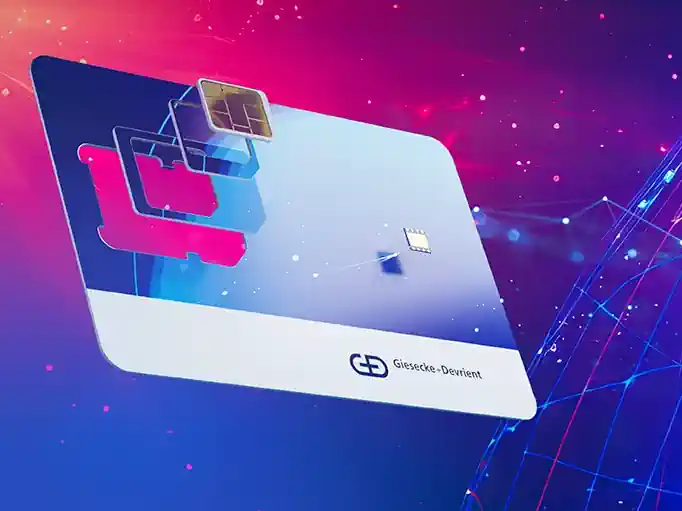As the Internet of Things (IoT) continues to transform industries, businesses must find effective ways to manage the growing complexity of device connectivity. Whether deploying a fleet of smart meters, connected vehicles, or global tracking devices, a powerful connectivity management platform is essential for optimizing performance, cost, and scalability.
But with so many options available, how do you know which solution is right for your business?
Here are the seven most important features to look for in a connectivity management platform for IoT connectivity.
1. Unified and centralized Connectivity Management
A fragmented approach to managing IoT connectivity can lead to inefficiencies, lost devices, and security risks. Look for a platform that offers unified, centralized management of your entire connectivity ecosystem. This means supporting both eSIM and iSIM technologies, along with remote SIM provisioning (RSP) standards, across all regions and device types.
Centralized management enables you to view, configure, and control every aspect of your devices’ connectivity from one interface, leading to improved operational efficiency.
2. Support for all GSMA specifications
With the evolution of eSIM technologies, it's critical that your platform is future-proof and compliant with the latest GSMA specifications. These include:
- SGP.02
- SGP.22
- SGP.32
- SGP.42
A platform that supports all major standards ensures compatibility across multiple device types and future use cases. For example, a logistics company may be tracking older vehicles connected via SGP.02 alongside newer vehicles with SGP.32. Being able to manage all types from one platform cuts out a lot of complexity.
3. Over-the-Air provisioning and lifecycle management

A key benefit of eSIM and iSIM technology is the ability to remotely activate, update, and manage connectivity profiles without physically accessing the device. Look for a platform that enables full over-the-air (OTA) provisioning, making it easy to switch carriers or deactivate profiles as needed.
OTA functionality drastically reduces operational costs and ensures your devices remain secure and compliant throughout their lifecycle.
4. Built-in automation and rules engine
Efficiency is everything in large-scale IoT deployments. Your platform should include a robust automation engine that lets you define rule-based actions, such as:
- Automatic registration and activation of new devices
- Region-specific provisioning
- Scheduled updates or profile switches
Automation reduces manual workload, speeds up response times, and ensures consistent application of your connectivity policies.
5. Advanced analytics and usage monitoring
To optimize performance and control costs, you need real-time insight into your connectivity. A strong platform provides customizable dashboards and detailed analytics across devices, networks, and locations, including:
- Data usage monitoring
- Alerts for unusual behavior or data spikes
- Cost analysis by region or carrier
With these insights, you can make informed decisions, prevent overages, and fine-tune your strategy.
6. Enterprise-grade security and high availability

IoT deployments are only as strong as their weakest link. That’s why security and availability are non-negotiable features. Look for solutions that offer:
- End-to-end encryption for OTA updates and provisioning
- Profile and applet protection
- Compliance with global security standards
- Geo-redundant infrastructure with 99.99% availability
These features protect your data, your devices, and your reputation in a competitive marketplace.
7. Open APIs and seamless integration
Your IoT connectivity platform should fit into your existing ecosystem without creating friction. Look for a solution that offers open APIs, enabling integration with your ERP, CRM, device management systems, and operational dashboards.
Seamless integration ensures your business processes run smoothly, and you can scale faster without being locked into a single vendor ecosystem.
Conclusion: Why choosing the right platform matters
The success of any IoT deployment hinges on connectivity—and more specifically, your ability to manage it. A feature-rich connectivity management platform empowers you to deploy, scale, and secure your IoT connectivity across regions and use cases.
Platforms like AirOn360® IoT Suite by G+D demonstrate how advanced tools can help businesses simplify global deployments, reduce operational complexity, and maintain resilient security standards.
Whether you're just starting with IoT or optimizing an existing infrastructure, keep these seven features in mind when evaluating your options. The right platform doesn’t just connect devices—it enables a more efficient, secure, and scalable future for your business.
